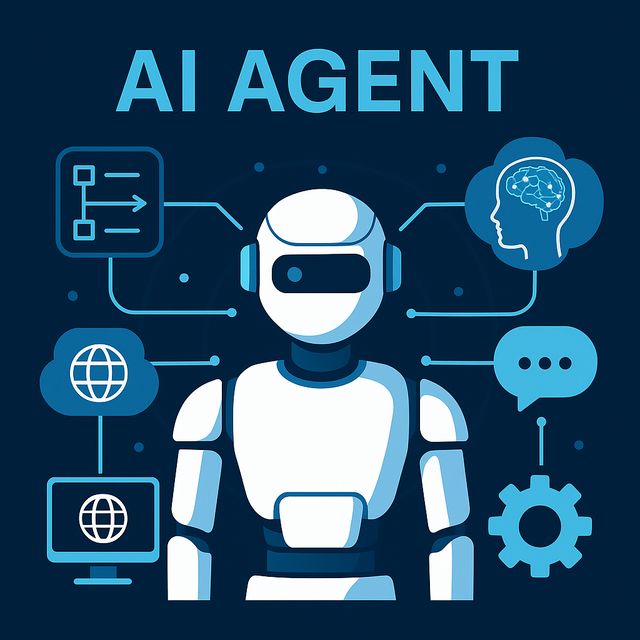Imagine this: you’ve hired someone who delivers outstanding results. Their technical skills are top-tier, their sales numbers are impressive, and on paper, they’re everything you hoped for. But there’s a problem—they just don’t fit. The chemistry is off, team dynamics feel strained, and despite their achievements, something isn’t working.This scenario is more common than you’d think, especially in high-pressure environments like cybersecurity, tech, and sales, where technical excellence often takes priority over soft skills during recruitment. The question is: how do you handle it when the issue isn’t performance, but personality?
The Psychology Behind the Cultural Mismatch
At the heart of every organization is its “cultural DNA”—the shared values, behaviors, and communication styles that shape how people work together. When someone’s personal style clashes with that DNA, it can create tension, even if they’re excelling in their role.
This disconnect often stems from:
- Misaligned Communication Styles: A technically brilliant employee who struggles with collaborative environments.
- Conflicting Work Ethics: Someone highly results-driven but dismissive of teamwork or feedback.
- Dominant Personalities: Individuals whose strong opinions overshadow team harmony.
In tech, where diverse minds solve complex problems, these differences can either fuel innovation—or spark conflict.
Signs You’re Dealing with a Cultural Mismatch
- Consistent Team Friction: Frequent conflicts, passive-aggressive behavior, or subtle signs of exclusion within the team.
- Decline in Team Morale: Even if one person is thriving, the overall energy drops when collaboration feels forced.
- Communication Breakdowns: Misunderstandings or lack of trust, especially in high-stakes projects.
- Feedback Loops: The same behavioral issues keep surfacing in performance reviews despite efforts to address them.
Recognizing these signs early is critical. Ignoring them risks damaging team cohesion, productivity, and even your company’s reputation.
‘
Strategies to Address and Improve the Situation
Diagnose the Root Cause
Before jumping to conclusions, ask:
- Is this truly a cultural mismatch, or are there external factors (e.g., unclear expectations, leadership gaps)?
- Is the issue personal (between specific team members) or systemic (impacting the broader team)?
Tip: Use anonymous 360-degree feedback to gain honest insights without bias.
Open, Honest Conversations
Transparency is key. Schedule a private, constructive conversation with the employee:
- Focus on observations, not accusations: “I’ve noticed some challenges in team dynamics. Let’s talk about how you’re experiencing things.”
- Emphasize that the goal is to improve, not to criticize.
Pro Tip: Frame feedback around the impact of behaviors rather than labeling the person. For example, “When deadlines are handled independently without updates, the team feels disconnected.”
Coaching & Development
If the employee is open to growth, invest in:
- Soft Skills Training: Workshops on communication, conflict resolution, or emotional intelligence.
- Mentorship Programs: Pair them with a senior leader who embodies the company culture.
- Personal Development Plans: Clear, measurable goals tied to behavioral changes.
Remember, technical skills can get someone in the door, but emotional intelligence keeps them in the room.
Adjust Roles or Responsibilities
Sometimes the problem isn’t the person—it’s the role.
- For Tech Roles: Can they shift to more independent projects where collaboration demands are minimal?
- For Sales Roles: Are there back-end functions (like strategy or analytics) where they’d thrive without heavy client-facing responsibilities?
Foster Team Integration
Instead of forcing “chemistry,” create structured opportunities for natural connections:
- Team-building exercises with a clear purpose (problem-solving workshops, not just casual hangouts).
- Cross-functional projects that diversify interactions and reduce siloed relationships.
When It’s a No-Go: Recognizing the Breaking Point
Despite best efforts, there are times when the mismatch is beyond repair. Here’s how to know it’s time to part ways:
- Persistent Negative Impact: The team’s performance or morale suffers, even after interventions.
- Resistance to Feedback: The employee dismisses coaching efforts or refuses to acknowledge the issue.
- Toxic Dynamics: When behaviors shift from misaligned to harmful—bullying, passive aggression, or creating a hostile environment.
In such cases, the decision to part ways isn’t a failure—it’s an alignment issue. You’re protecting both the organization and the employee’s long-term well-being.
Lessons for Recruiters: How to Avoid This in the First Place
Go Beyond the Resume
ןncorporate behavioral interviews that explore values, teamwork, and conflict management. Ask questions like:
- “Tell me about a time you disagreed with a team decision. How did you handle it?”
- “Describe your ideal work environment. What motivates you?”
Involve Diverse Interviewers
- Include team members from different levels to get varied perspectives on cultural fit.
Realistic Job Previews
- Be transparent about the company’s work culture during interviews. Highlight both the perks and the challenges.
Assess for Growth Mindset
- Prioritize candidates who show openness to feedback and continuous learning—not just technical mastery.
Key Recommendations for Managing Cultural Mismatches
- Act Early: Don’t wait for tensions to escalate. Early intervention often prevents long-term damage.
- Balance Performance and Culture: Both matter. A high performer who disrupts team cohesion isn’t sustainable.
- Document the Process: Keep clear records of feedback, interventions, and outcomes. This ensures fairness and protects against potential legal issues.
- Be Human: Remember, behind every “mismatch” is a person. Approach the situation with empathy, even if the outcome is separation.
Final Thought
In fast-paced industries like cybersecurity and tech, it’s easy to prioritize performance over people. But culture isn’t just about company values on a wall—it’s about how people feel when they come to work every day.
A strong team isn’t built on talent alone. It’s built on trust, collaboration, and shared purpose. And as recruiters and HR leaders, it’s your role to recognize when someone isn’t just a great employee—but a great fit.Because at the end of the day, success isn’t just about what people do—it’s about how they do it, and who they do it with.



HEY